Today we’d like to introduce you to Julie Himel
Hi Julie, thanks for joining us today. Briefly walk us through your story – how you started and how you got to where you are today.
I hesitate to bring up my early years as a creative kid because I think we all have that start to a degree. What is significant for me in looking at the early phase of my creative practice was that there was a thread in my interest in materiality that I can trace back to childhood. I was placed in a gifted art program in elementary school which exposed me to various materials and perspectives. I was privileged to have parents who brought me to museums and collected original art. I went to an arts high school but was in the regular stream. My teachers singled me out for the program but my parents preferred I focus on academics. That was my first glimpse into that perspective society carries about an art career not being something to pursue as a responsible contributing human. They (my parents) were trying to protect me from myself, broaden my options. I took regular stream art classes from the same wonderful teachers in the Arts York Program. They offered for me to audit the classes, which I did. It was like mini art school, a foreshadowing of what was to come.
After high school I studied Anthropology and Religious Studies, still of interest to me, but there was a creative hole there that I needed to address. I made the tough decision to reroute and apply to art school. I started showing in some smaller galleries during art school, and had some studio visits with bigger more important galleries then too. Important and terrifying early conversations. I taught art classes for the City of Calgary and school board as my main side hustle. I had many creative jobs over the years that all fed my passion for art. I sometimes had 2 or 3 jobs at once, but always committed to studio work and exhibiting and building my art career. Eventually I was able to focus solely on my painting.
Alright, so let’s dig a little deeper into the story – has it been an easy path overall and if not, what were the challenges you’ve had to overcome?
Sure, it’s been a ton of struggle and hard work and it doesn’t end, it’s just part of it. The hard work has both been in the time and energy spent practically building my practice, my voice and my career, but it has also presented in unexpected ways. I think staying motivated despite outside criticism and societal judgement has been the most difficult part. It is just now with years of perspective that I can see that I’ve been committed and pushing forward successfully for decades. Rejection, failed paintings and criticism are part of the job and part of the growth. I’m grateful for my tenacity to stay the course.
Thanks for sharing that. So, maybe next you can tell us a bit more about your work?
My work focuses on the natural environment and our relationship to it. I try to consider and reflect on what we experience in nature and what we long for; knowing that we are stewards of both. My environmental anxiety is ever present in the work as are my emotional and spiritual connection to it. My paintings are mixed media, highly textured, and physically and figuratively reaching for light. I play with a high chroma palette pushing the limits of saturation while still keeping the paintings in the realm of quiet and meditative.
What I’m known for? Someone I met last summer looked at my work and upon first glance her response was as succinct as the 2 inch square she viewed it through. She said with a smile, “real and not”. I think that sums it up. Imagined and experienced, abstracted and representational. I think I’m known for always balancing these polarities.
If you had to, what characteristic of yours would you give the most credit to?
I think the most important and even imperative way forward in this career is authenticity. Painting what is truly a reflection of you, and only you can know what that is. Looking outward at what is popular, what other people are making, what is selling, what people expect of you, is a killer to the creative process. You can make work from that place, but it will never deliver the depth that you can tap into when you’re being honest. So when I work, I try to keep my head down and dig deep. It took years of practice to get to the point where my palette and tools became an intuitive extension of myself. Now the work is more in managing myself through meditation, writing and sketching so that the noise of instagram, the market and everything else is tempered and I can focus on what’s truly there. When I reached the point that I realized that was the work, I felt my paintings shift. We all have different ideas of success, and for me, it’s in the work. I think the recognition, monetary value, representation, exposure all fall into place when the work is ready.
Contact Info:
- Website: https://www.juliehimel.com
- Instagram: @juliehimel
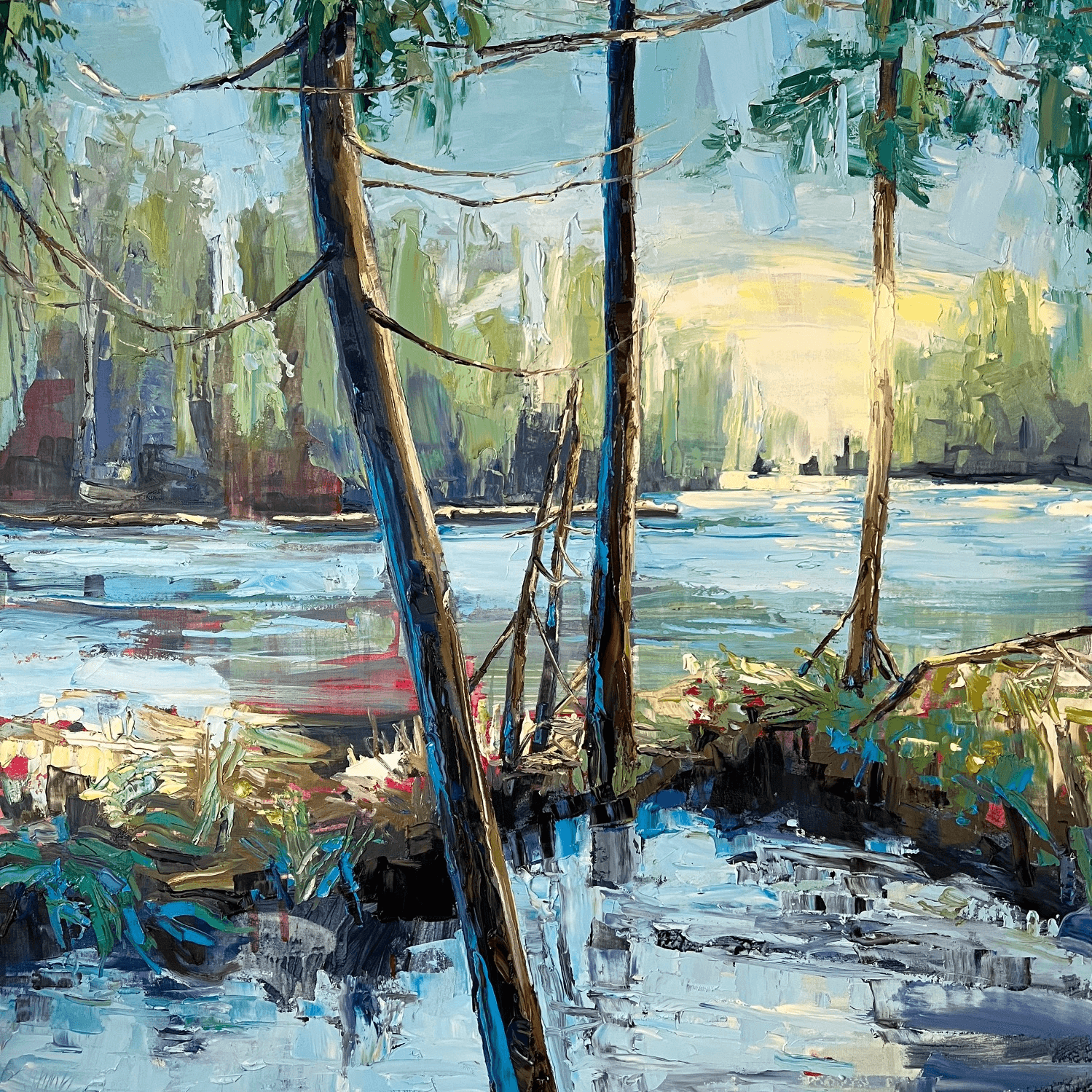
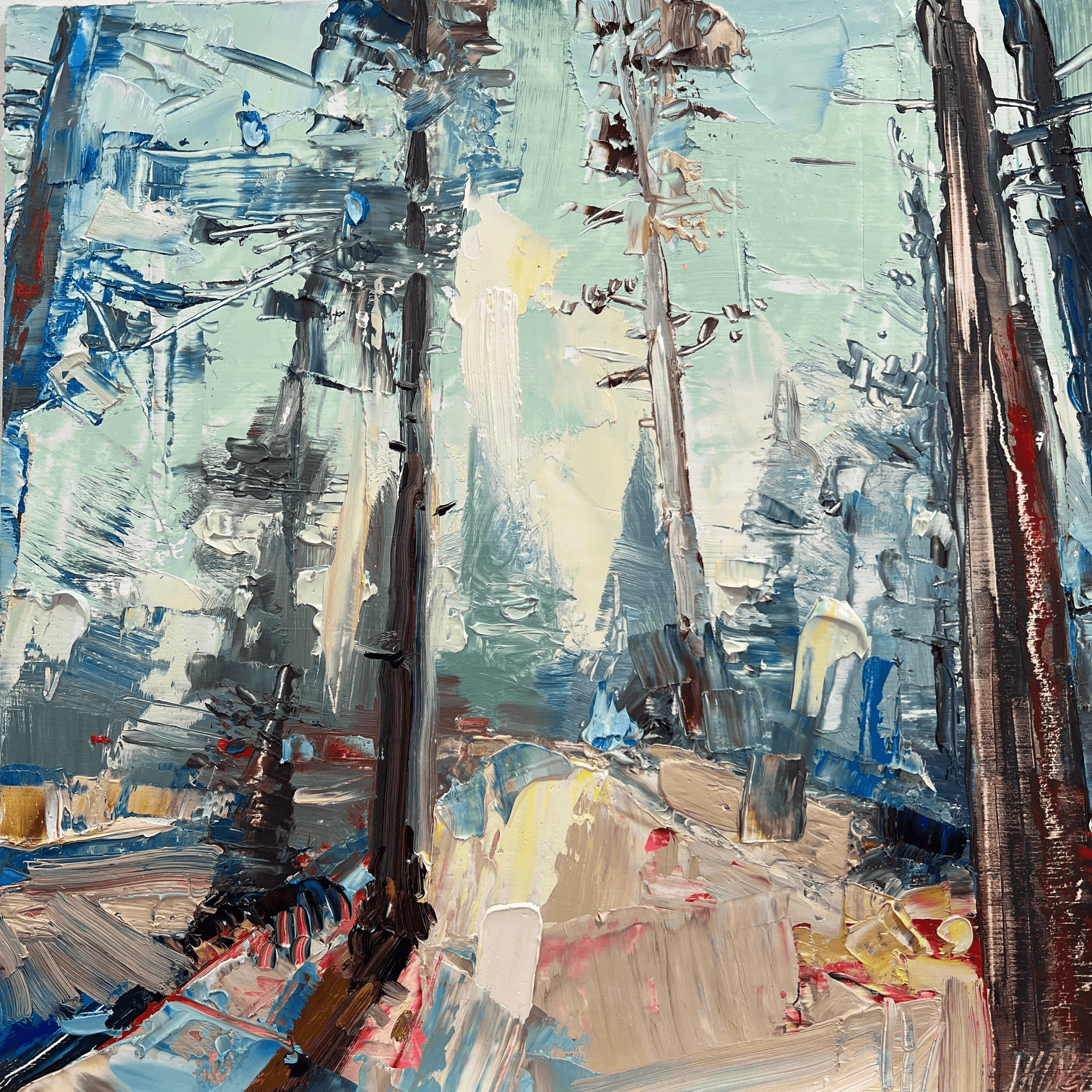
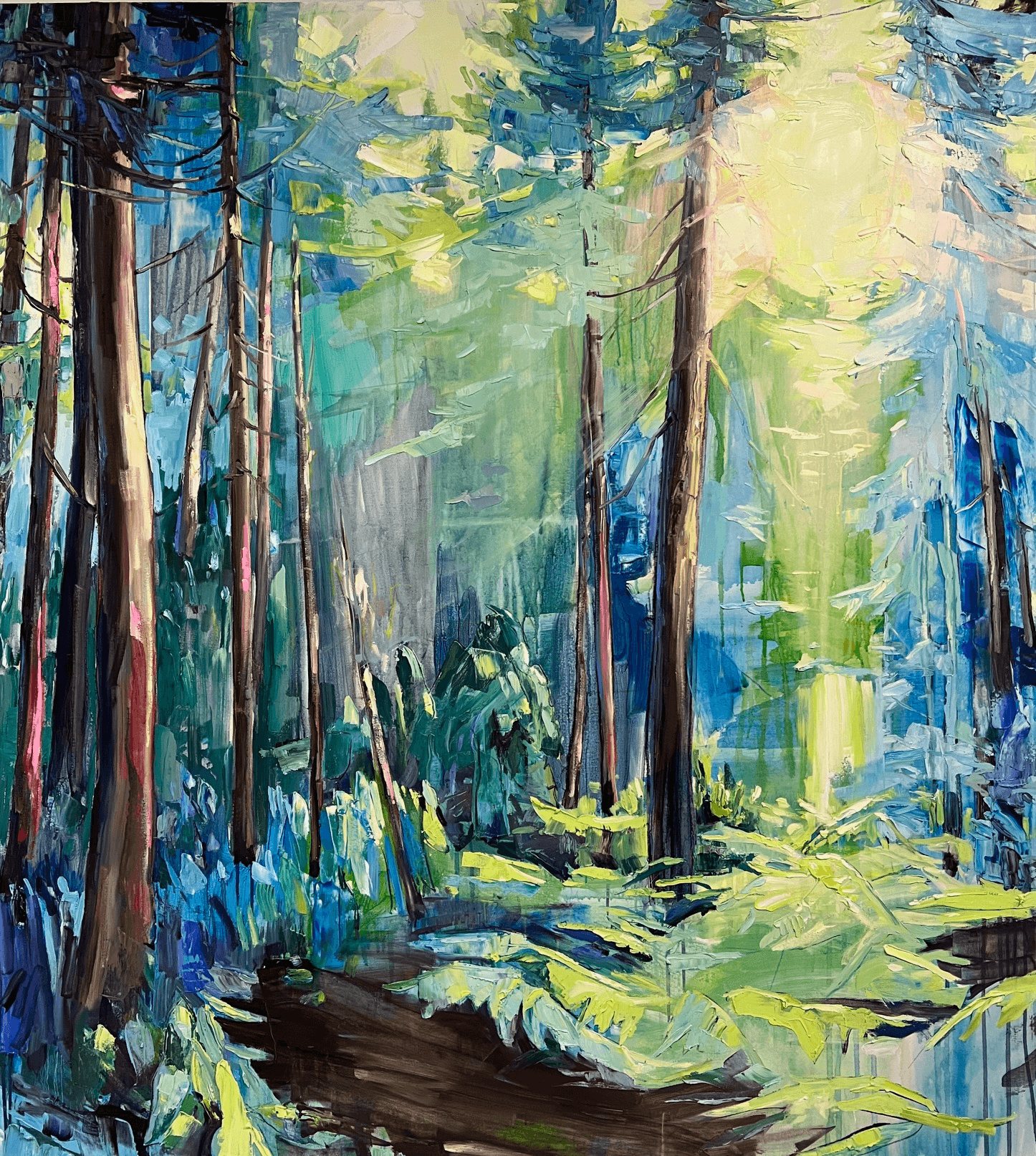
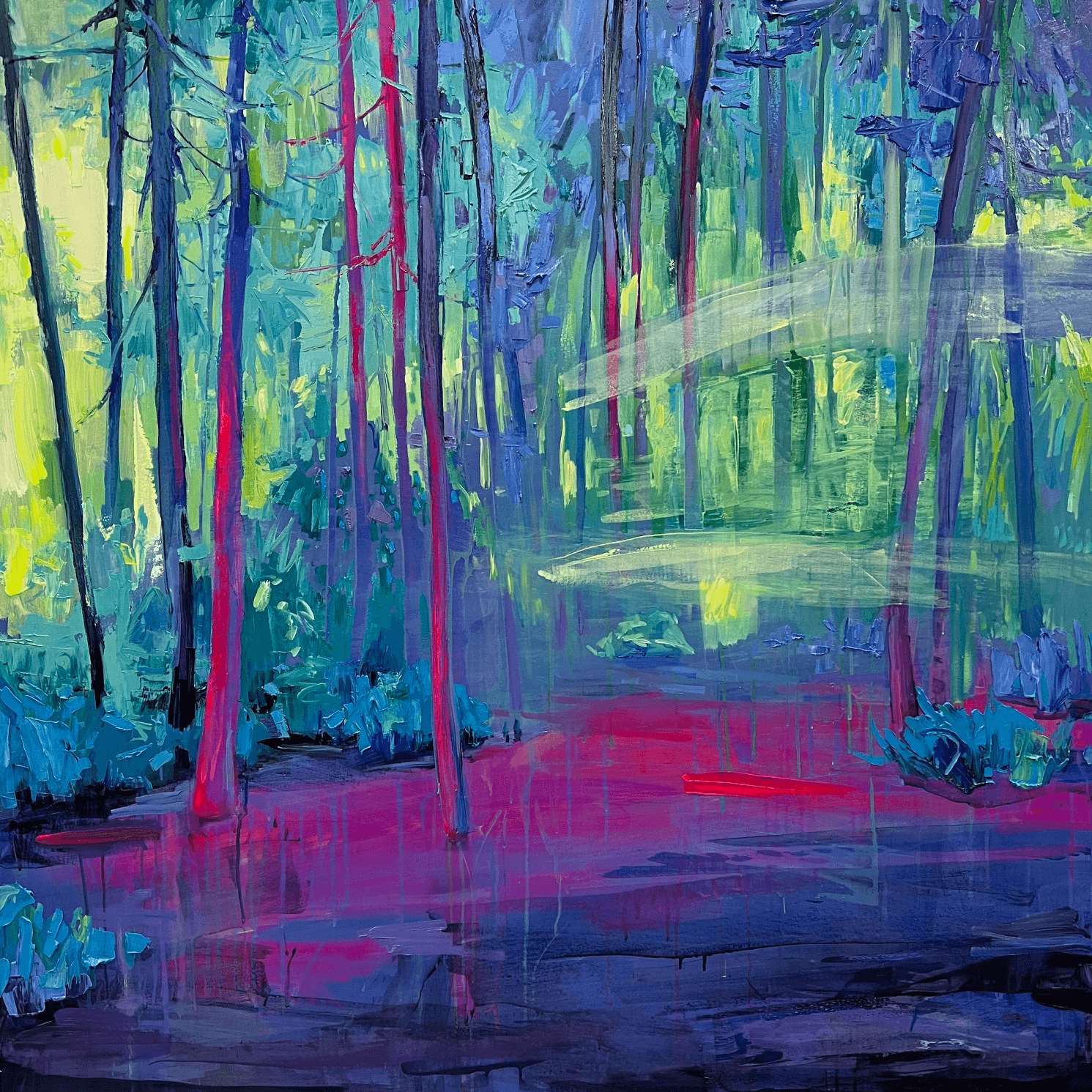
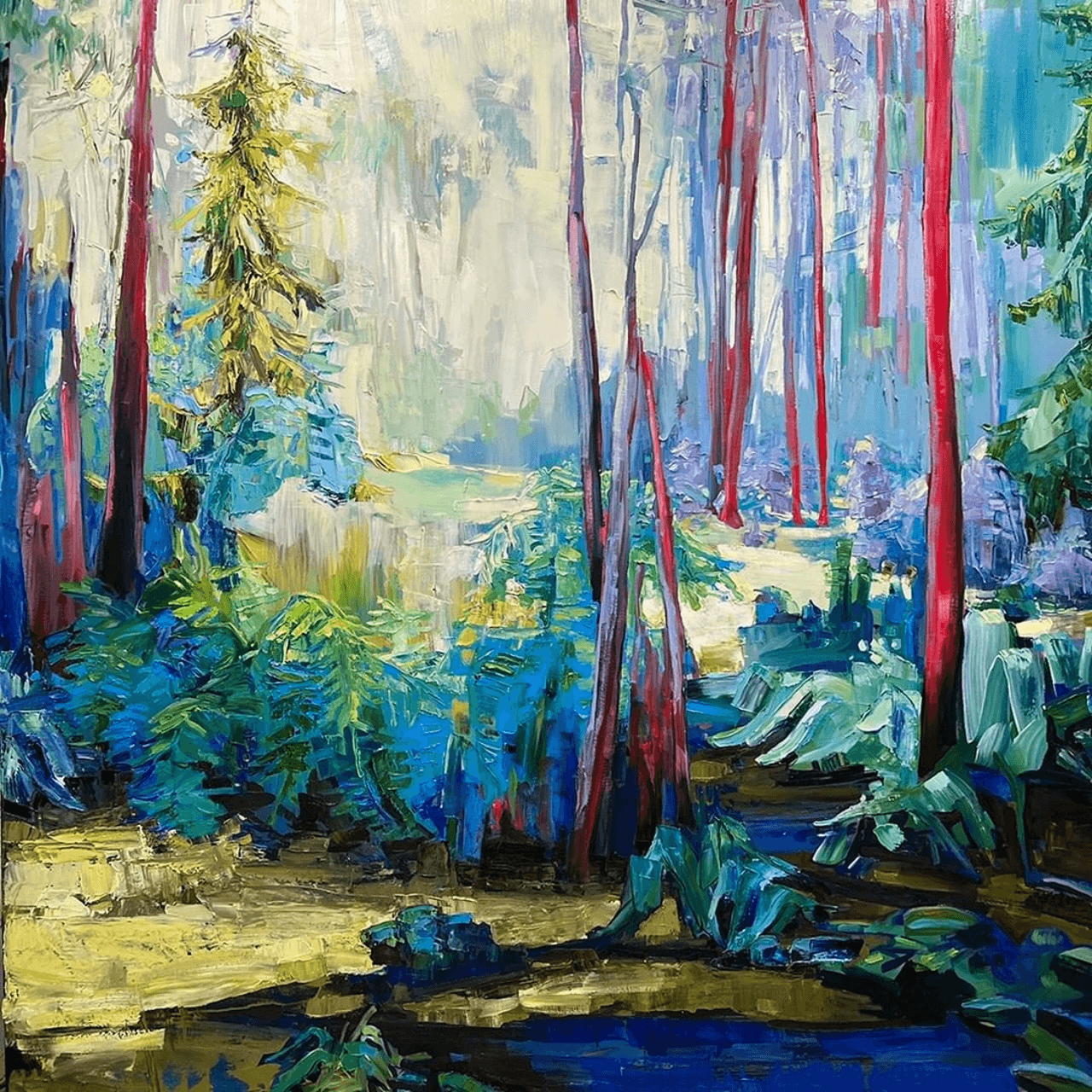
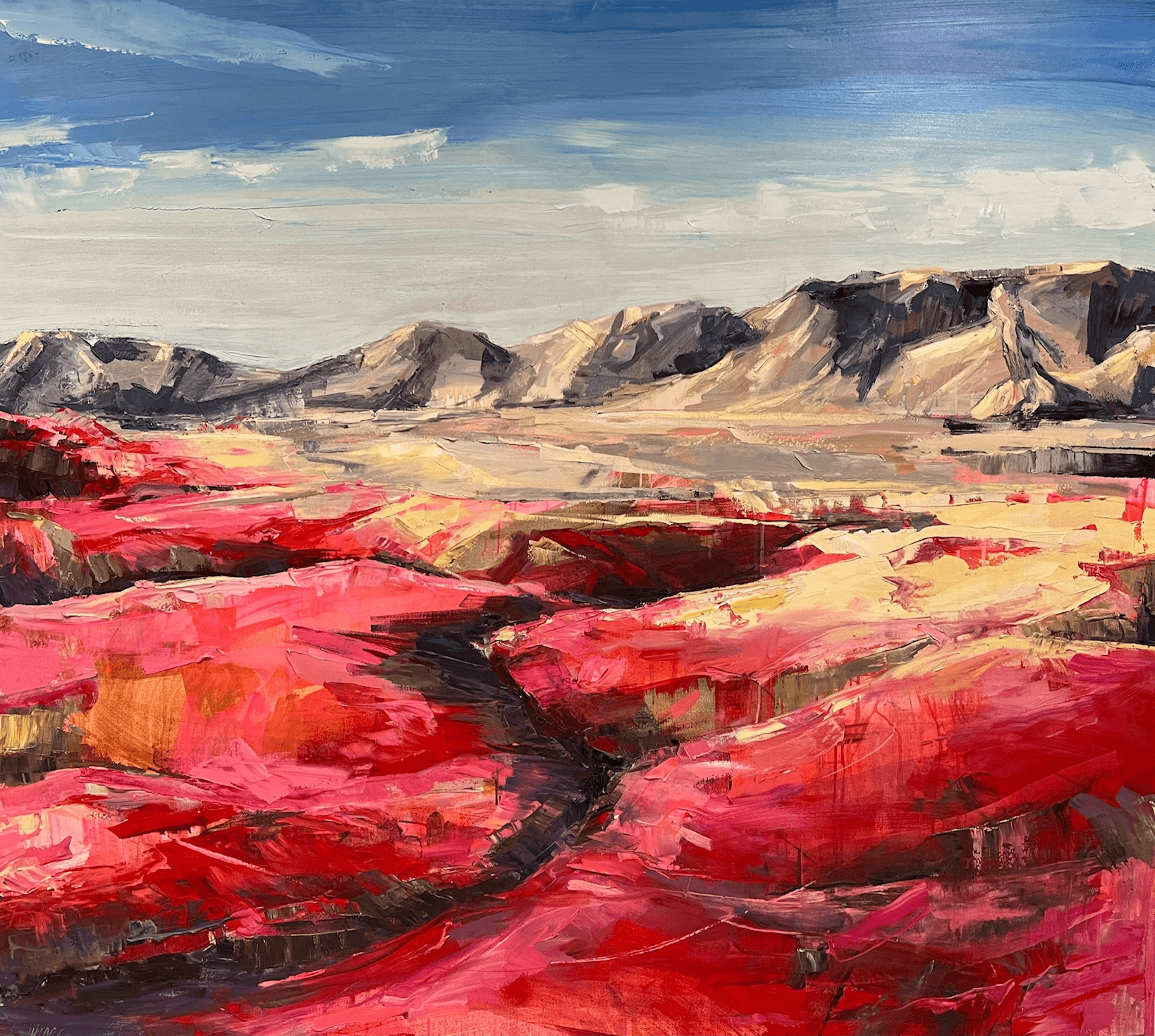
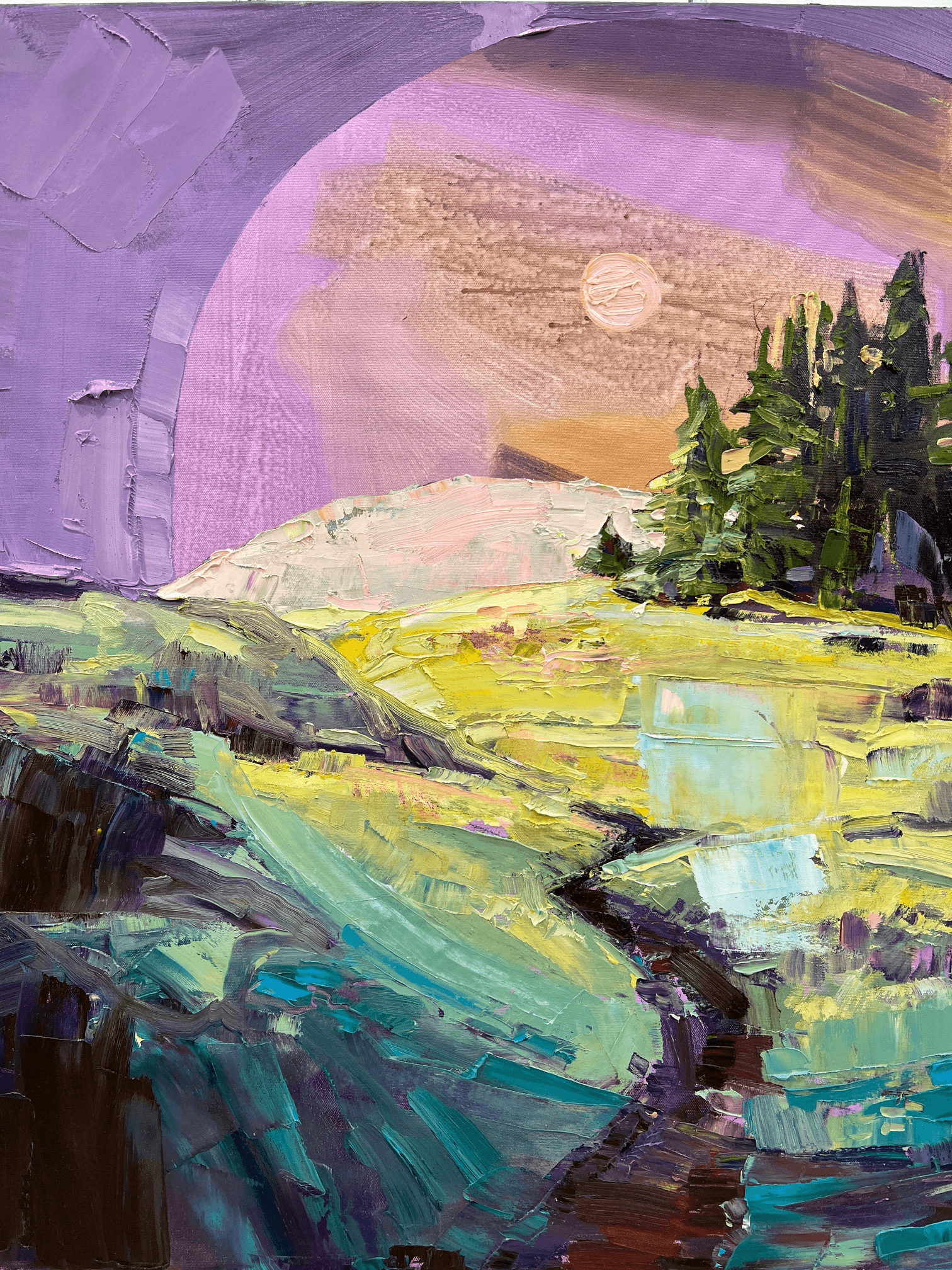
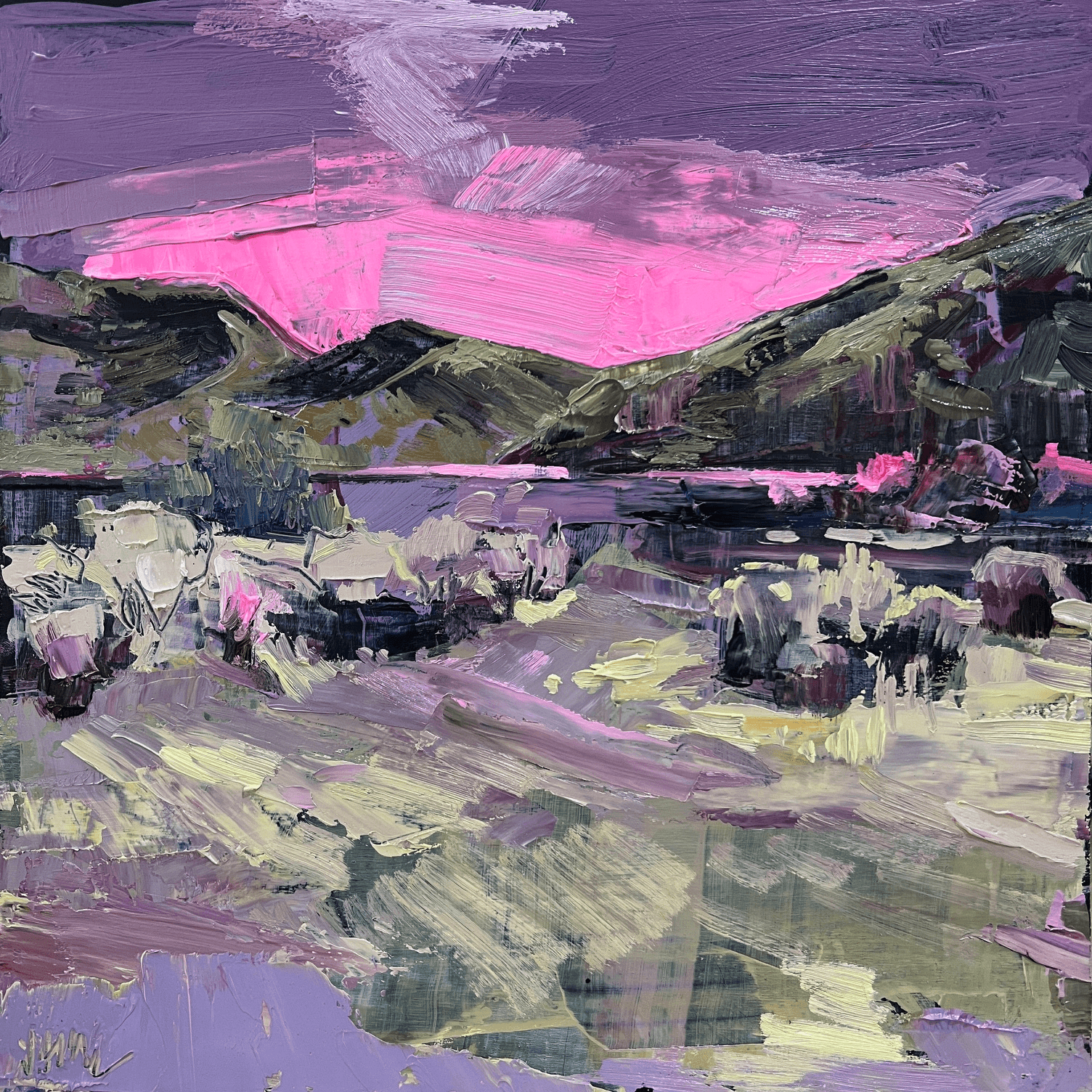
Image Credits
n/a


